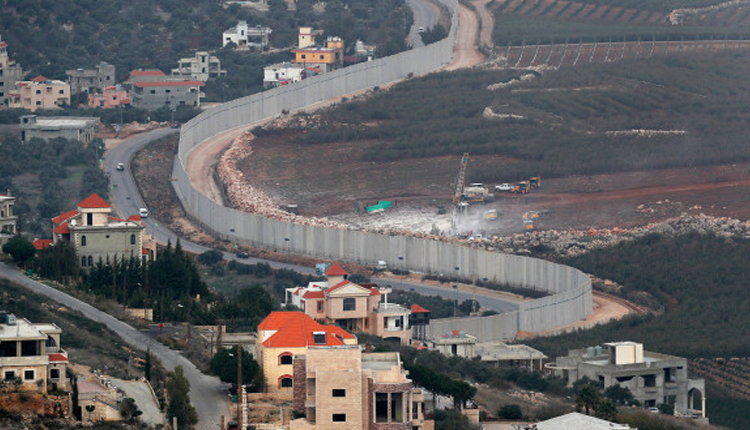Poverty in Lebanon has surged to 44 per cent of the population over the last decade, with 1 in 3 Lebanese living in poverty in 2022, according to a new World Bank (WB) report released on Thursday. The WB emphasises the urgent need for stronger social safety nets and job creation.
The report reveals a significant increase in monetary poverty, rising from 12 per cent in 2012 to 44 per cent in 2022 across surveyed regions, with poverty disproportionately distributed throughout the country. Particularly striking is the staggering poverty rate of 70 per cent in Akkar, North Lebanon, where the majority of residents are engaged in the agriculture and construction sectors.
Moreover, not only has the proportion of impoverished Lebanese nationals tripled to 33 per cent from a decade ago, but they have also sunk deeper into poverty, with the poverty gap widening from 3 per cent in 2012 to 9.4 per cent in 2022. Concurrently, income inequality among the Lebanese populace appears to have been exacerbated.
The rapid expansion of a dollarised cash-based economy has protected the purchasing power of Lebanese households earning in dollars, while those lacking access to dollars face increasing inflationary pressures. Remittances have emerged as a vital economic cushion, rising from an average of 13 per cent of GDP between 2012 and 2019 to around 30 per cent in 2022 (partly due to a denominator effect) and experiencing a 20 per cent nominal surge between 2021 and 2022. These financial inflows play a crucial role in preventing a segment of the population from falling into poverty.
Furthermore, the report highlights that Syrian households are particularly hard-hit, with 9 out of 10 below the poverty line. The report recommends interventions to strengthen household resilience, including social assistance, macro-fiscal reforms, and investments in human capital and public transportation.


